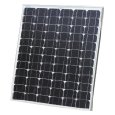
100 watt photovoltaic panels are an an excellent choice for people looking for a cheap and simple way to enter the world of solar power. 12 volt, 100 watt monocrystalline solar panels are water resistant and sealed against the elements making them ideal for use on a roof installation or individually in the garden or yard to generate free solar power as part of an “off-grid” solar system not connected directly to the utility grid. 100 watt top-quality solar panels are generally made using 72 long-lasting, high-efficiency monocrystalline photovoltaic cells guaranteed to produce free solar energy for many years
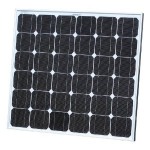
80 watt solar photovoltaic panels are ideal for use in powering 12V off-grid systems and charging 12V batteries as it can supply a maximum of 80 watts for powering a fridge, television or laptop, perfect for caravans, boats and off-grid houses. Connected together with other 80 watt panels and/or used with solar charge controller gives protection from battery over-charging and over-discharging preventing damage to your storage batteries if incorrectly connected. Built-in bypass diodes minimise the impact of shading

20 watt photovoltaic solar panels are an excellent choice for people with motor homes, caravans or boats looking for a cheap and simple way to power their appliances or to charge their 12 volt batteries. Water resistant and sealed against the outdoor elements makes them ideal for use in the garden or yard. A 20 watt, 12 volt solar panel is powerful and portable enough to be used to power hundreds of devices that you may use in a shed, boat or caravan such as lights and pumps and can still generate free renewable solar power on a cloudy day
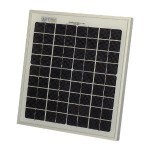
10 watt photovoltaic solar panel are ideal for charging a single 12 volt battery for use in a motorhome, caravan or campsite. They are water resistant and sealed against the elements making them ideal for permanent use outdoors or in the garden providing free solar power to power garden lights, pond pumps, garden sheds and log cabins. When used in conjunction with a charge controller, these 10 watt, 12 volt panels can be used not only to charge storage batteries but a whole host of electrical devices
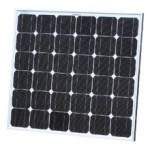
Solar photovoltaic panels convert sunlight into electricity as a renewable source of energy free from environmental emissions and pollution. Modern solar panel cells are made of doped silicon semiconductor material which transforms sunlight energy into electrical power. The technolgy used to produce this semiconductor material can be further categorised into two distinct subgroups of mono-crystalline silicon solar cells, and poly-crystalline silicon solar cells and here we review solar photovoltaic panels consisting of both types
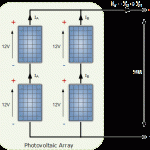
Photovoltaic arrays consist of interconnected solar panels to provide the desired power output. Solar array configurations include series connected panels, parallel connected panels or a combination of both. While the electrical output power, measured in watts (W), of a photovoltaic array is given by multiplying the arrays output voltage with its current for different interconnection configurations, the actual output power of photovoltaic array varies with the variation in solar insolation and operating temperature.
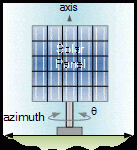
Solar panel orientation ensures that a photovoltaic solar panel or a complete pv array is correctly orientated and positioned. A photovoltaic solar panel fixed to a roof or mounted directly onto a frame is a staionary object while the sun is constantly changing its position in the sky relative to the earth making the correct solar panel orientation difficult with regards to the direct sunlight coming from the sun at all times of the day. Tracking the position of the sun in order to expose a solar panel to maximum radiation at any given time of the day is the main purpose for orientating a pv panel.